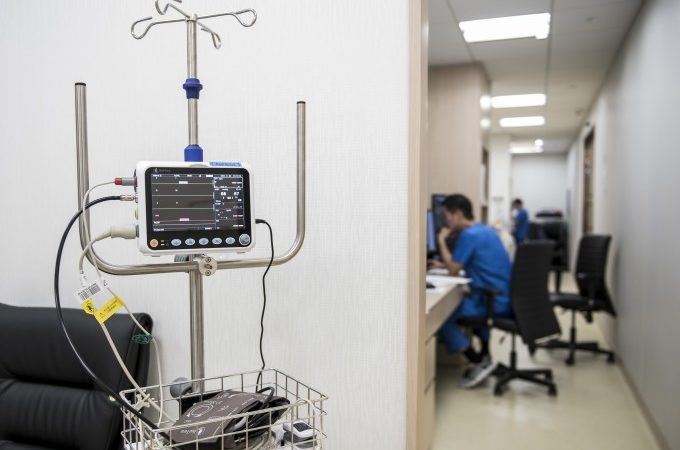
What employers need to know about value-based care
When employers evaluate health benefit plans for their employees, factors such as coverage, cost and customer service are typically cited as most important. However, companies nationwide are looking for innovative ways to help improve employee health and more effectively manage costs, including adopting new value-based care approaches that put more emphasis on paying for patients’ actual health outcomes rather than just the number of tests or procedures they have.
Under value-based care arrangements, healthcare providers are paid for achieving certain quality outcomes and demonstrating that they’re improving people’s health, rather than getting paid solely for the number of services they provide to patients.
Take back surgeries, which are becoming increasingly common in the United States due to an aging population and higher rates of obesity. Spinal conditions — a major contributor to lost workplace productivity — account for 10% of overall healthcare costs, and quality and costs related to treatment of these conditions can vary widely among care providers.
To help address that, a type of value-based arrangement known as “bundled payments” reimburses care providers under a single, set payment that is dispersed among all providers involved in that person’s care. They work to help provide quality outcomes within that “budget,” covering care before and after surgery. As a practical matter, patients receive one bill, helping to simplify the experience. This is a shift away from the traditional health care model in which a care provider is paid for each treatment, appointment or test, generating multiple claims for a single episode of care.
In short, value-based care puts the patient at the center of the healthcare experience. It emphasizes the importance of keeping people healthy and rewards physicians for coordinating care. For consumers and employees, value-based care is demonstrating real, tangible cost-savings and improved health outcomes. For employers, value-based care means a healthier workforce, better care for their employees and less money spent paying for employees’ medical bills. The bundled payment method, in particular, offers fixed and competitive prices, enabling employers to better manage and anticipate costs.
For instance, a new United Healthcare program with healthcare facilities nationwide, is using bundled payments for knee, hip and spine procedures. So far, the program nationwide has helped reduce hospital readmissions by 22% and led to 17% fewer complications for joint replacement surgeries, as compared to nonparticipating facilities. For spine surgeries, hospital readmissions were reduced by 10%, and there were 3.4% fewer complications, as compared to nonparticipating facilities.
Since the program’s introduction, participating employers have realized an average savings of $18,000 per operation when compared with median costs in the same metropolitan area. Eligible employees saved more than $3,000 in out-of-pocket costs per procedure when accessing a participating facility rather than another in-network medical facility.
The shift toward these outcome-based payments and new benefit designs that focus on overall value is transforming how we pay for health care and how health care is delivered. Employers play an important role in bringing these new approaches to life by incorporating them into the benefits for the nearly 180 million Americans with commercial insurance.
